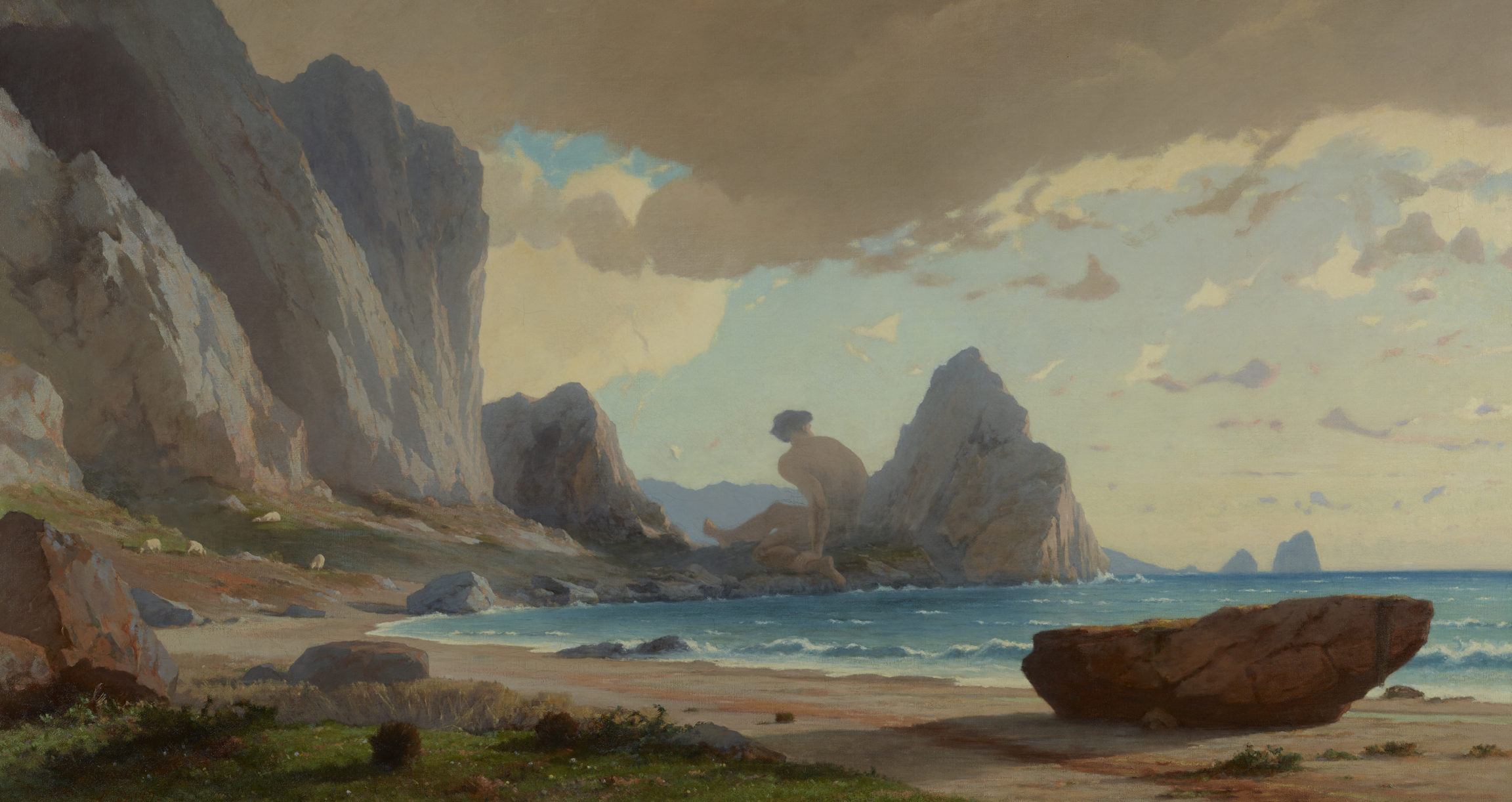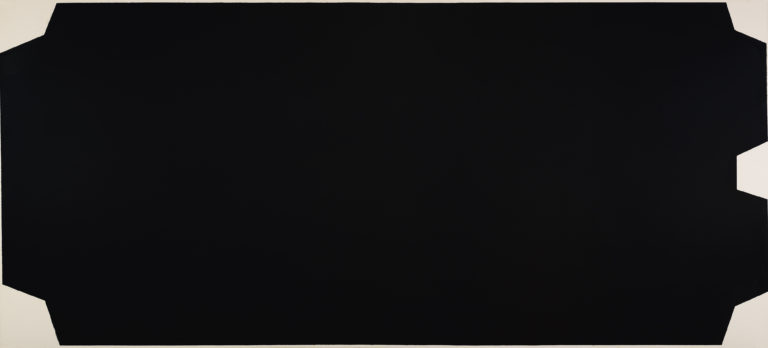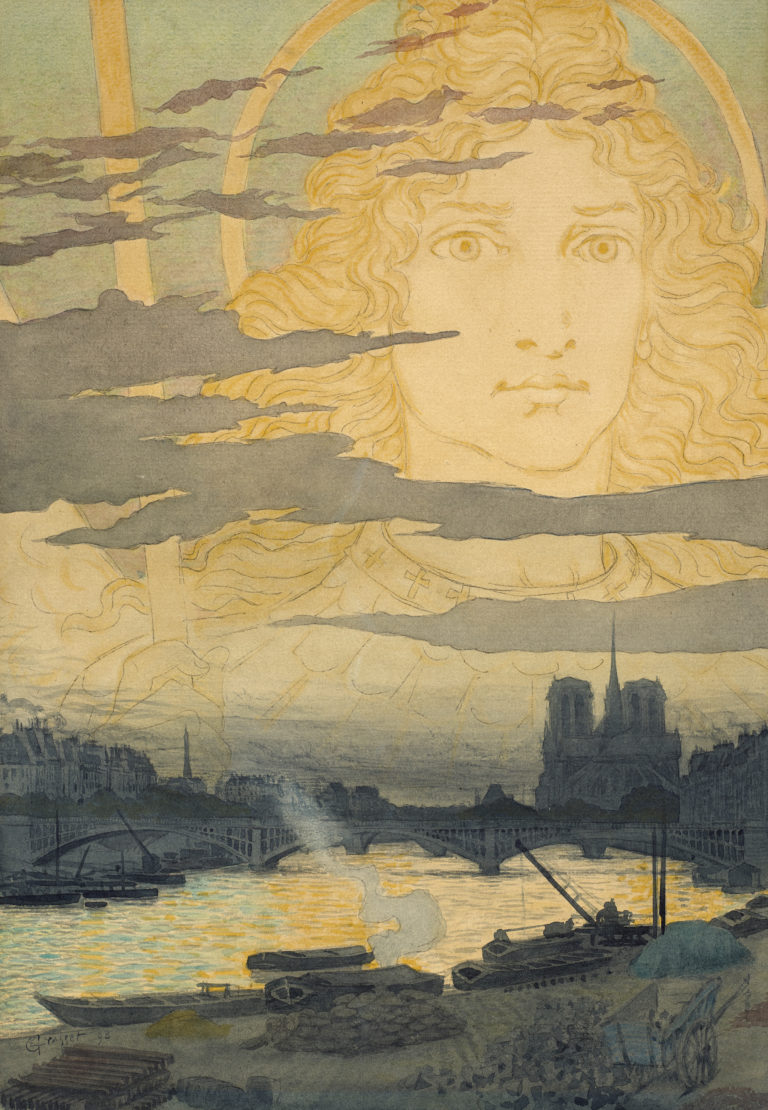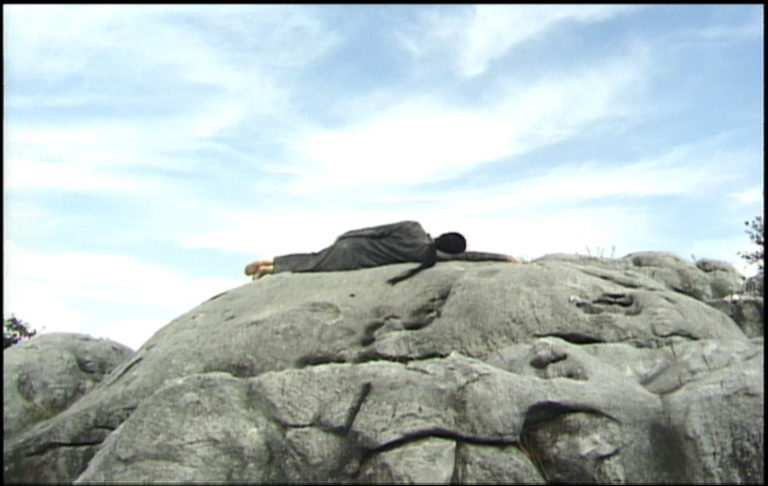Bibliography
Erika Billeter (ed.), Chefs-d’œuvre du Musée Cantonal des Beaux-Arts, Lausanne: regard sur 150 tableaux, Lausanne, Musée cantonal des Beaux-Arts, 1989: 92.
Marie Bovet-David, Catalogue des œuvres d’Émile David. Avec une notice biographique et une lettre d’Étienne Duval, Lausanne, Payot & Cie éditeurs, 1905: n. 5.




Only in the early seventeenth century did landscape painting become a noted genre in its own right in Rome, when vedute, or topographical views, became popular. In the 1630s, Nicolas Poussin played a key role in making landscape a significant feature of history painting. Nature was no longer a mere setting, but a character with a role to play in the narrative. Artists now produced landscapes with Saint John or Orion: the Biblical or mythological heroes interacted with a landscape that took up most of the canvas and caught the viewer’s attention.
Like his master Charles Gleyre, Émile David painted numerous works featuring episodes from Greek mythology. His work, the heir to the narrative landscapes of previous centuries, was dominated by nature: his gods and goddesses almost blend into the shades of the forests and mountains in a quasi-Ovidian metamorphosis.
What catches our eye first in this work is the Mediterranean shore battered by the waves, subtly brought to life by the pale pink light filtering through the grey clouds. The influence of Camille Corot and his disciple Barthélemy Menn, a native of Geneva, is apparent in the palette and in the handling of the rocks and the greenery in the foreground. Only then do we spot Polyphemus sitting on the reefs, gazing out at the horizon at sunrise. The scene seems to be set on Lachea, one of the Cyclopean Isles off Sicily, amidst the stones that, according to legend, the newly blinded giant hurled at Ulysses as he escaped. In the foreground, the sheep tended by the son of Poseidon are grazing peacefully by the huge block of carved stone that closed Polyphemus’s cave.